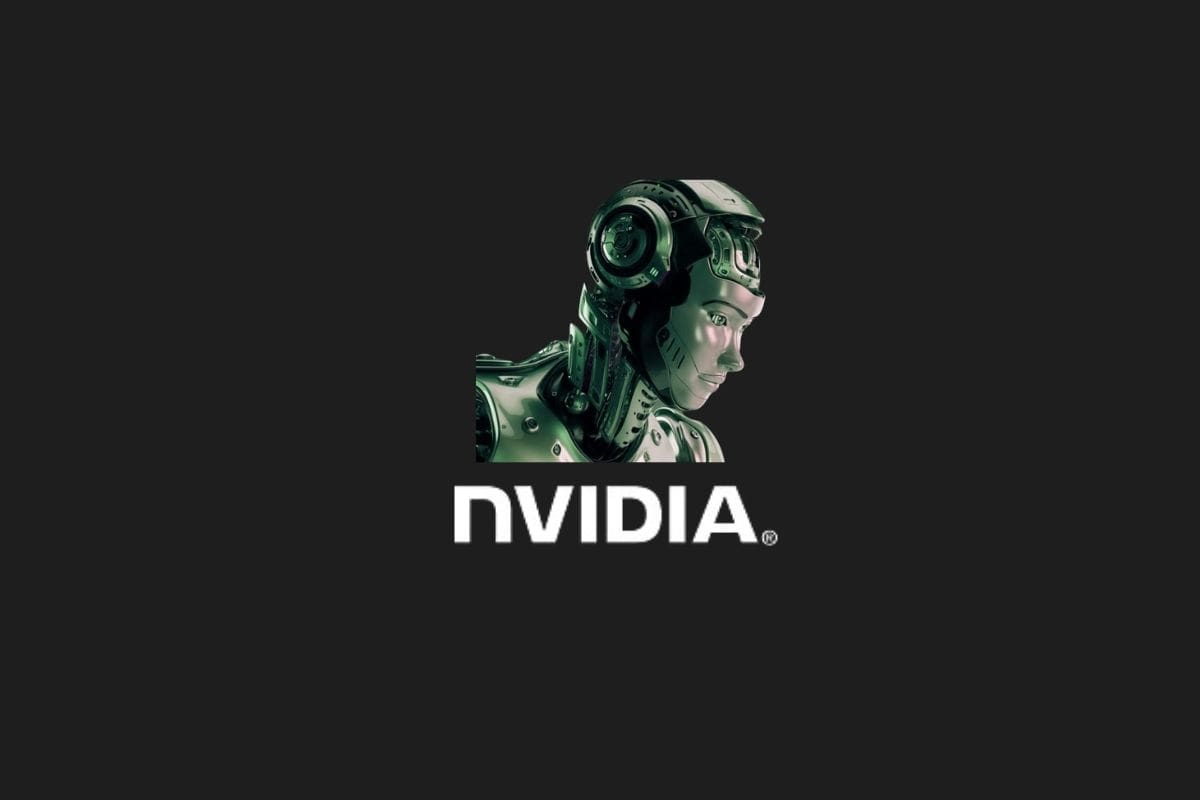NVIDIA has unveiled the Omniverse Avatar Cloud Engine, a new suite of cloud-based services and tools designed to facilitate entry into the metaverse for businesses.
With the aim of simplifying the creation of digital avatars and content, the NVIDIA Omniverse Avatar Cloud Engine showcases the company’s vision for the metaverse, making it more accessible to create digital humans.
Creating realistic avatars with Omniverse Avatar Cloud Engine
NVIDIA has unveiled the Omniverse Avatar Cloud Engine (ACE) during the SIGGRAPH 2022 event, introducing a powerful tool for creating highly realistic virtual assistants and digital humans.
This innovation is set to impact various sectors including gaming, entertainment, banking, and transportation, offering the ability to generate “highly realistic, fully interactive avatars”. These digital assistants are capable of understanding multiple languages, engaging in conversations, and interacting with their surroundings.
Currently, NVIDIA is developing two major projects utilizing the ACE service: Maxine and Tokkio. Maxine enhances online collaboration and content creation with advanced video and audio capabilities, while Tokkio is tailored towards creating communicative avatars for the service industry, such as in restaurants.
Rev Lebaredian, Vice President of Omniverse and Simulation Technology at NVIDIA, highlighted that “NVIDIA ACE integrates numerous advanced AI technologies, enabling developers to craft digital assistants that are approaching the capability to pass the Turing test.”
This move positions NVIDIA as a formidable competitor to Epic Games, which previously launched a similar venture with MetaHuman, powered by Unreal Engine.
NVIDIA’s focus on digital assistants and lifelike avatars aims to ease the transition into the metaverse.
What are your thoughts on NVIDIA’s Omniverse Avatar Cloud Engine? We welcome you to share your views in the comments section.
You may also like this content
- Is GTA 6 Proof We’re Living in a Simulation?
- The Metaverse in 2040: A Trajectory of Hype, Hope, and the Human Condition
- What Happened to NFT and Metaverse Land Buyers?
